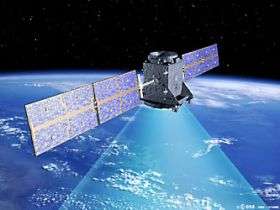Improved satellite navigation for remote areas

CSIRO scientists with the Minerals Down Under National Research Flagship are working closely with industry and government to develop vastly improved navigation technology for remote areas.
Better navigation is critical for the safety of remote workers, and to support productivity improvements within the mining industry.
The research project will develop two new Global Navigation Satellite System (GNSS) technologies.
The first system is an integrated GNSS receiver that receives signals from several satellite constellations as well as inputs from other sources. It will provide more accurate navigation and will be suitable for mass-market applications.
The second system is a GNSS transponder that works with the receiver to automatically communicate the location of the user.
CSIRO Project manager, Dr Garry Einicke, said the new technologies are targeted at a global niche market that is particularly important to Queensland.
“They will support improved management of personnel safety, traffic management, collision avoidance and the improved efficiency of haul truck operations at mine sites,” he said.
“They will also help develop workforce management systems to provide increased security for workers in remote areas such as Queensland’s outback and Piemonte’s Alpine regions in Italy.”
Source: CSIRO





















